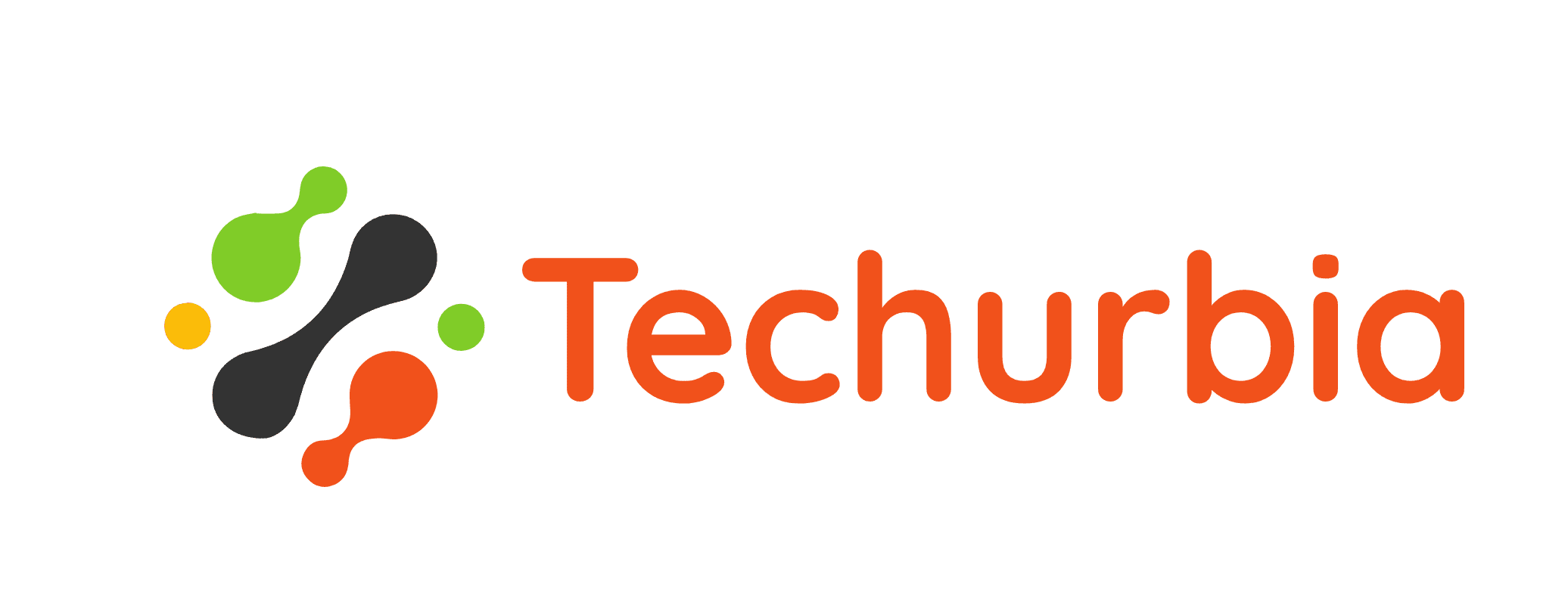Non-fungible tokens (NFTs) have rapidly gained public awareness over the past couple years, but the underlying technology emerged earlier this decade. NFTs are unique blockchain-based assets that represent ownership of digital or physical items. The first major NFT project, CryptoPunks on Ethereum, arrived in 2017. But it was in 2021 that NFT trading volume skyrocketed to over $17 billion, driven by digital art and collectibles. Despite this fame, NFTs have far greater utility than just profile pictures and trading cards. Their programmable nature allows them to represent ownership across limitless asset types, from virtual lands to luxury goods. As blockchain adoption progresses, NFT functionality will expand beyond art across industries.
While art may have propelled NFTs into the limelight recently, this is just the tip of the iceberg for their potential use cases. NFTs’ core value lies in their ability to uniquely identify ownership of assets in digital formats. This opens up many new possibilities as our world becomes increasingly digitalized. NFTs are poised to transform ownership models through immutable proof on public blockchains. We are only beginning to see the innovation and disruption that NFTs will unleash across digital and physical realms.
The most promising use cases for NFTs are still emerging but here are a few:
Digital Identity and Reputation
NFTs can be used to represent digital identity and reputation. The unique and non-interchangeable nature of NFTs makes them suitable for associating with a particular person or entity. For example, an NFT could contain information that verifies someone’s identity, credentials, achievements, and reputation across different platforms and metaverses. This avoids the need for traditional centralized authorities and gives users autonomy over their digital presence.
Access and Memberships
NFTs can encode membership access such as tickets, passes, or keys. The owner of the NFT can securely verify their access rights to a venue, event, community, or resource. These membership NFTs are directly controlled by users, not third parties, and can be freely traded on secondary markets. For example, an NFT ticket to a concert could be resold to another user.
Gaming Assets
Gaming NFTs enable provable digital ownership of in-game assets such as characters, skins, weapons, and other collectibles. Instead of gaming assets being locked into proprietary platforms, NFTs let users freely trade gaming assets and verifiably own scarce digital goods. NFTs provide liquidity, scarcity, and interoperability to gaming economies.
Physical Asset Ownership
NFTs can represent ownership of physical objects like real estate, luxury items, or financial securities. The NFT acts as a digital certificate of authenticity and proof of ownership. NFTs also enable fractionalized ownership – where one physical asset can be divided into multiple digital NFT tokens. This unlocks new marketplaces for trading ownership stakes in physical assets.
Supply Chain Tracking
NFTs can be integrated into supply chains to track and verify the provenance of physical goods. Tags scanned during production and distribution can be linked to blockchain-registered NFT certificates. This improves transparency and accountability across supply chains, helping to combat fraud and counterfeiting. Consumers can verify authenticity.
Intellectual Property
NFTs provide a public ledger to timestamp and establish ownership of creative works such as patents, research, music, and digital art. The blockchain record immutable proves the authenticity and provenance of intellectual property. Rights holders can also incorporate licensing and royalty payment functionality into NFTs.
Loyalty and Rewards Programs
NFTs can transform loyalty and rewards programs by making points fungible, transferable, and exchangeable. Consumers can trade loyalty NFTs on secondary markets or redeem them for rewards directly from brands. Points become a form of digital asset versus being locked into proprietary programs.
Domain Names
Crypto protocols like Ethereum Name Service use NFTs to link domain names to blockchain wallet addresses. Users can acquire NFT domain names and easily send/receive crypto or build decentralized websites. NFT domains also support authentication and monetization capabilities.
The programmability of NFTs allows them to represent anything of value from identities to assets. As developers build more applications for managing digital and physical property ownership, identity, access, and provenance, NFTs will become an integral part of the emerging Web3 landscape. Although NFTs originated with art and collectibles, their future lies far beyond just JPEGs.







